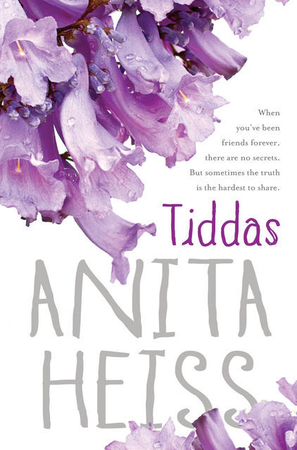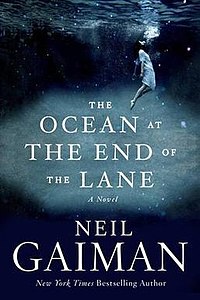 I like my YA fiction to celebrate
and explore diversity: I also like my YA fiction to be cliché free and well
written. American author David Levithan’s ‘Two Boys Kissing’ ticked all those boxes. I had seen
a fair bit of discussion on social media at the time of its release last year
and when I saw its cover recently, I was reminded that it was on my ‘to read’
list. ‘Two Boys Kissing’ is centred on seven gay male characters, all around
seventeen years of age: the title comes from one couple’s attempt to break a
Guinness World Record for longest continuous kiss (as the boys noted – the Guinness
rules didn’t say it had to be two people of the opposite sex). The record
attempt by Harry and Craig is a political display, spurned by their anger at
friend Tariq’s beating by a gang of guys while waiting at a bus stop at night.
The event of the kiss ties the novel together, and brings the seven characters
in contact even though they are not all friends or even in the same town.
I like my YA fiction to celebrate
and explore diversity: I also like my YA fiction to be cliché free and well
written. American author David Levithan’s ‘Two Boys Kissing’ ticked all those boxes. I had seen
a fair bit of discussion on social media at the time of its release last year
and when I saw its cover recently, I was reminded that it was on my ‘to read’
list. ‘Two Boys Kissing’ is centred on seven gay male characters, all around
seventeen years of age: the title comes from one couple’s attempt to break a
Guinness World Record for longest continuous kiss (as the boys noted – the Guinness
rules didn’t say it had to be two people of the opposite sex). The record
attempt by Harry and Craig is a political display, spurned by their anger at
friend Tariq’s beating by a gang of guys while waiting at a bus stop at night.
The event of the kiss ties the novel together, and brings the seven characters
in contact even though they are not all friends or even in the same town.
What set ‘Two Boys Kissing’ apart
for me was the use of the group omniscient narrator: a second person device is
used, with a group of narrators much like a Greek chorus, speaking directly to
the characters in the novel. The narrators are the gay men who have gone before
these teenagers, those who were persecuted, those who died prematurely of HIV
Aids, those who took their lives in despair. It is an immensely moving
narration and works beautifully. The insight of the narrators is as much the
insight of the Generation X author Levithan, and allows him to use his
experience as a much older person in his story telling but also allows him to
write the voices of his contemporary characters simultaneously. Most of the narration is extremely poignant: ‘People
like to say being gay isn’t like skin colour, isn’t anything physical. They
tell us we always have the option of hiding. But if that’s true, why do they
always find us?’ and shows the difference between the older generation and the
younger, ‘Max is a marvel to us. He will never have to come out, because he was
never kept in. Even though he has a mum and a dad, they made sure from the
beginning to tell him that it didn’t have to be a mum and a dad. It could be a
mum and a mum, a dad and a dad, just a mum, or just a dad’. Levithan also make some lovely comments on
growing up, and gives a balanced view in offering up the parental turmoil in
watching children entering adulthood: ‘It is hard to stop seeing your son as a
son and to start seeing him as a human being. It is hard to stop seeing your
parents as parents and to start seeing them as human beings. It’s a two-sided
transition, and very few people manage it gracefully’. I appreciated the fact
that Levithan also incorporated negative perspectives into the plot line as a
happy cheer squad for the boys’ record attempt would have been unrealistic even
today in 2014. Levithan also has a great feel for contemporary life and his references
to social media, his use of dialogue and his understanding of hooking up
culture felt right.
I really enjoyed reading ‘Two
Boys Kissing’: it was sophisticated YA reading, and had a tremendously
important message incorporated seamlessly into a well paced and engaging plot.
Highly recommended.


